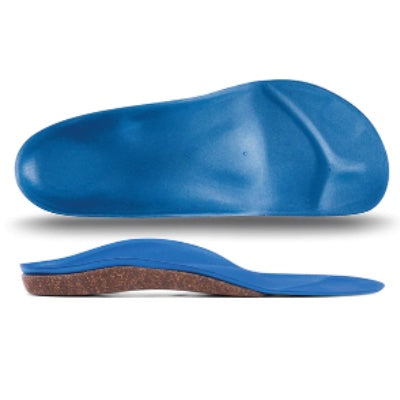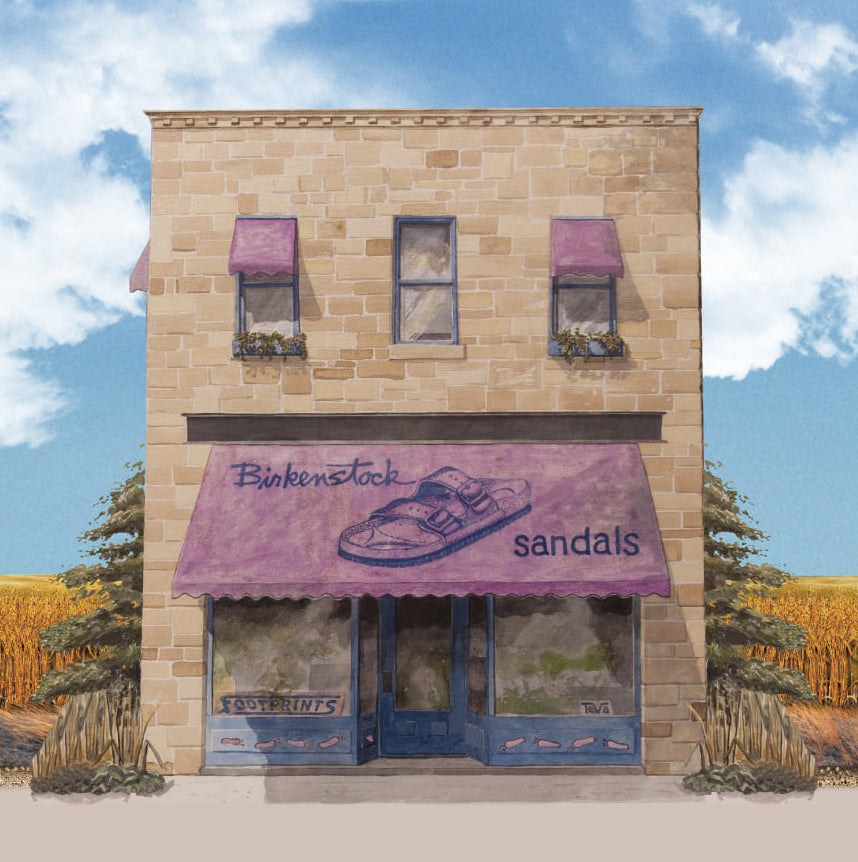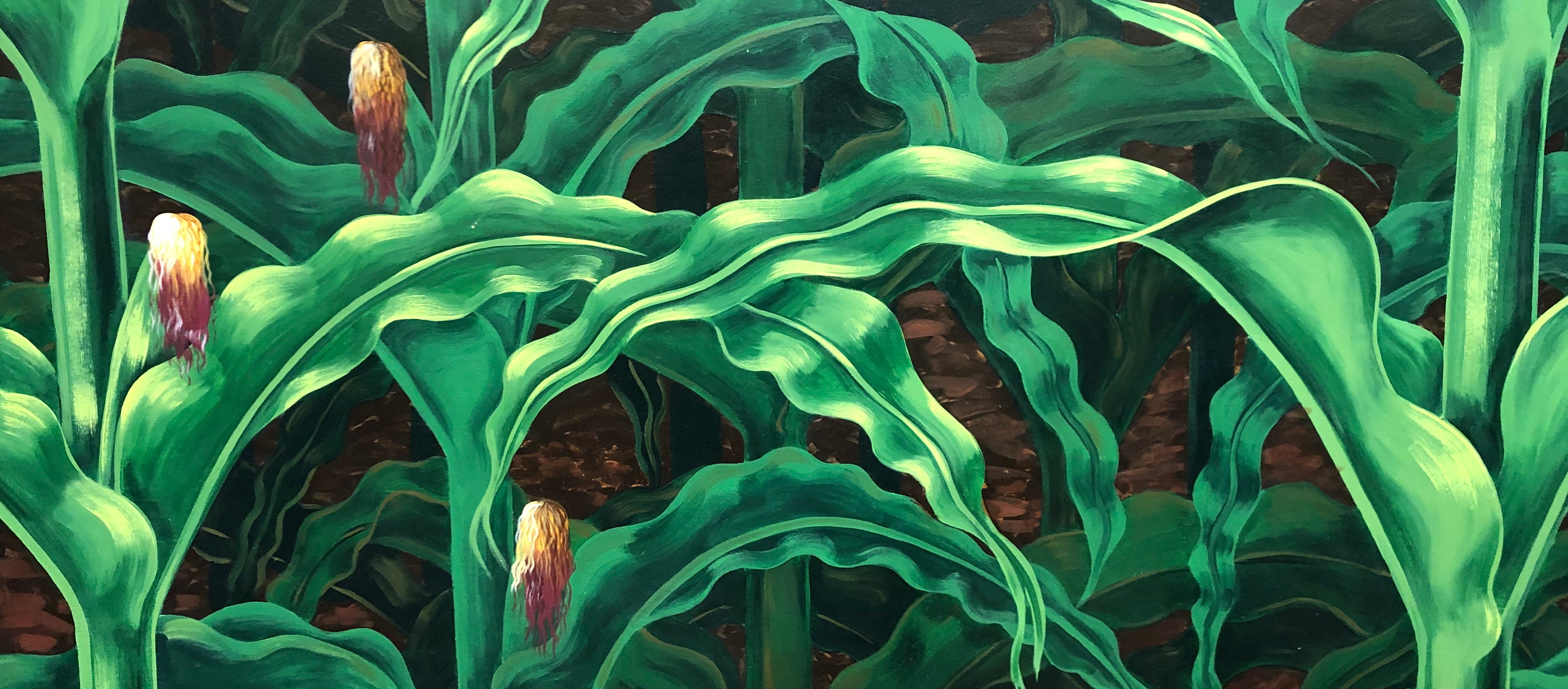You won't find any natural lakes in the Black Hills of South Dakota. All of the lakes are the result of someone or some group building a dam. Sylvan Lake was created in 1891 when Theodore Reder plugged a narrow gap between towering granite spires along the Sunday Gulch Creek. He and his wife then built a hotel along the shore. At 6,145 feet in elevation it was the perfect spot for a mountain lake and resort, which became "the crown jewel of the Black Hills." With improvements in transportation, the resort flourished until June 30, 1935 when tragedy struck. Faulty wiring started a fire. With the nearest fire station many miles away, the hotel burned to the ground. A new resort was built on higher ground above the lake. Sylvan Lake is still a mecca for sunbathers, rock climbers and hikers, and represents fond memories of countless multigenerational family vacations.
There is a trail that takes you around the lake, which is about a mile long. It is fairly easy. You can walk through a tunnel, explore both sides of the dam, scramble over boulders, walk through the shade of Ponderosa Pine and Black Hills Spruce trees and then along a sandy beach. You may even get to hike by young couples getting married along the trail with the granite spires and the lake as their backdrop. Along the Sylvan Lake trail, there is also the trailhead for a 6.4 mile hike to Black Elk Peak which at 7,242 feet is the tallest point in the Black Hills. It is a moderately difficult hike.
Just off the Sylvan Lake hiking trail, if you look hard enough, you may find the hole in the rock where Nicholas Cage stuck his hand in the film National Treasure II. If you watch the film, it would appear that Sylvan Lake is immediately behind the presidents' heads on Mount Rushmore. It is not. Mt. Rushmore is 15 miles away by car. If you are truly ambitious, there is a network of hiking trails which would link Sylvan Lake with Mount Rushmore. Take a walk with Birkenstock.






















